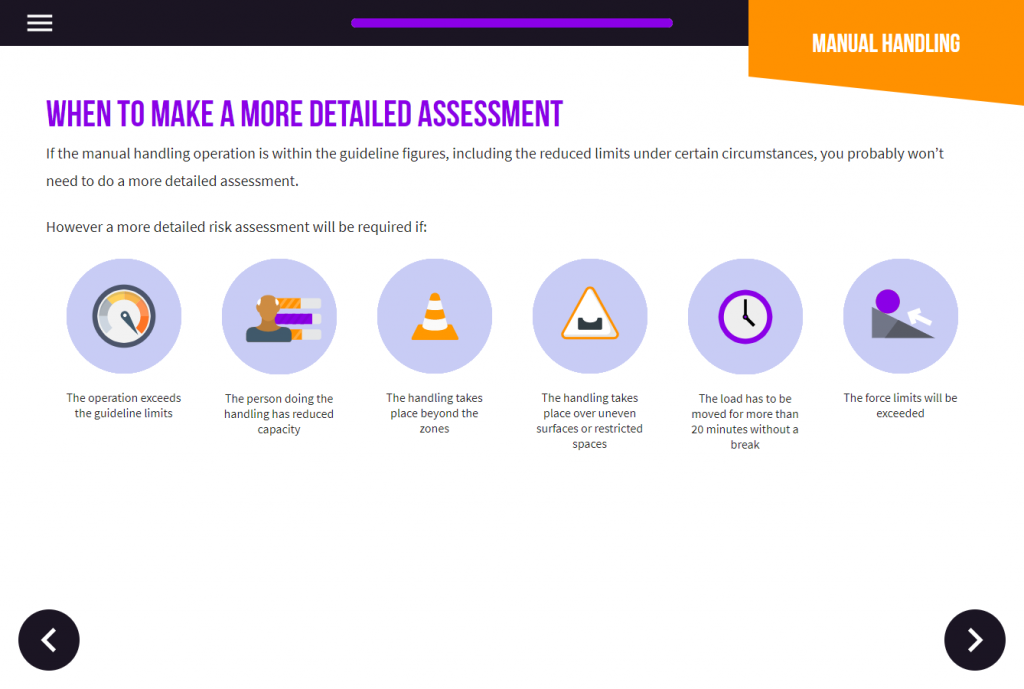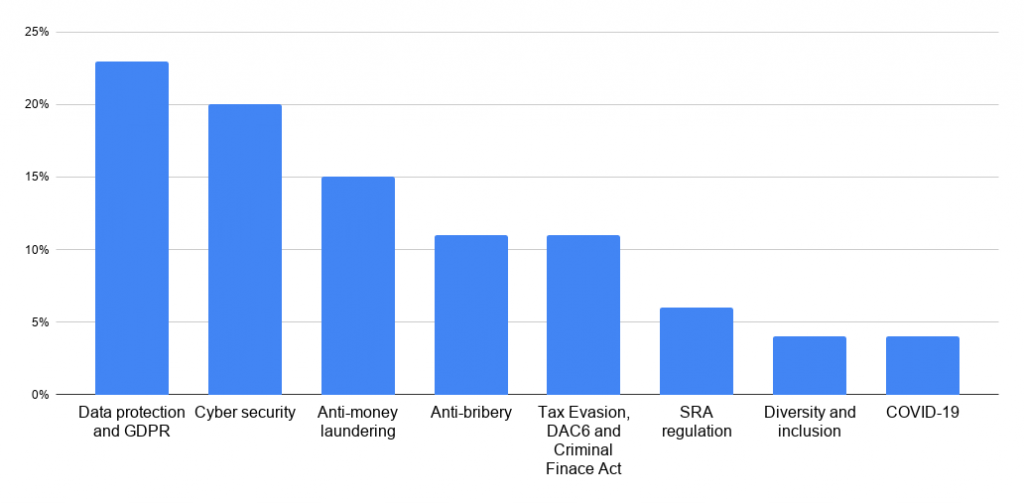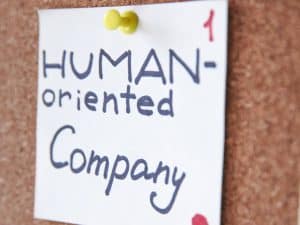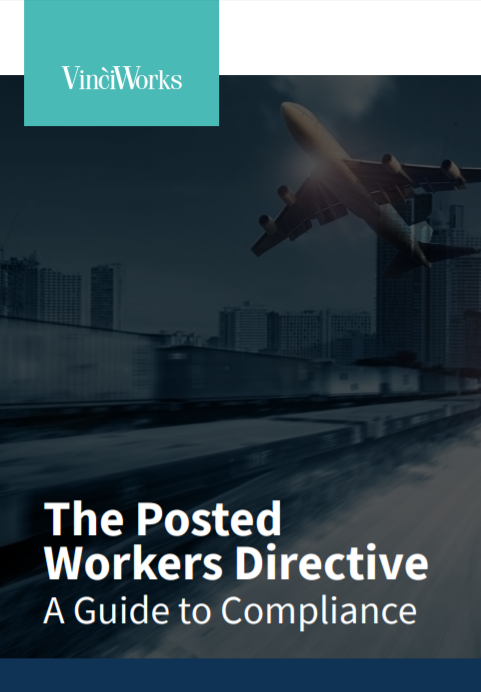2020 is nearly over and it’s safe to assume that many businesses will be glad to see the back of it. The Coronavirus pandemic brought unprecedented challenges that look likely to linger with us going into 2021, forcing businesses to quickly adapt to new processes and working environments.
However, in spite of the difficulties that we have all faced, the end of a year is traditionally a time for reflection. It is in this spirit that we wanted to look back on some of the highlights and updates from EssentialSkillz in 2020 as we move with optimism into a new year.
1) Courses and Risk Assessments Released in 2020
In 2020 we were pleased to add to our extensive library of courses with the release of an additional 20 new courses and 8 course updates. These included:
- Sleep Essentials
- Physical Activity
- Pandemic Awareness
- Coronavirus Course
- Environmental Awareness
- Resource Efficiency
- Coping with Covid-19 anxiety
- Health and Safety Induction
- Money Laundering
- Data Protection Course
- Wellbeing & Remote Working
- Lone Working
- Homeworking
- Return to work
- Return to work for managers
- DriveWize
- Managing Health and Safety
- Financial Wellbeing
- Hand arm vibration
- Abrasive Wheels
- Modern Slavery
- Working at height
- Prevent Duty
- Risk Assessment
- UKATA Category A Asbestos Awareness
- The Equality Act
- Diversity & Inclusion
- Manual Handling
In 2020 we also released 6 new risk assessments:
- Coronavirus Self Assessment
- Fire Safety Self Assessment
- Manual Handling Self Assessment
- Homeworkers Risk Assessment
- Lone Working Risk Assessment
- DriveWize Risk Assessment
2) New Refresher Pack of Health & Safety courses
We created a brand new Health & Safety Refresher Pack containing 7 of our most popular health and safety course titles:
- Fire Safety
- ErgoWize (DSE)
- Slips, Trips and Falls
- Electrical Safety
- Manual Handling
- Risk Assessment
- Hazardous Substances
Each course includes the most critical, need-to-know information from our full-length titles and are about 10 minutes in duration. The courses can be used in conjunction with the full-length Health and safety courses we offer to help refresh employees’ knowledge on various topics.
3) Policy Sign Off feature

Our unique policy sign off feature is gaining significant popularity within the system and can be used to digitally sign off on policies and documents. This feature enables you to roll-out policies, documents and policy refreshers annually to your employees like a normal course. Employees can then read, understand and digitally sign off against the policy or document which is then recorded on their training record within your compliance platform. A digitally signed and time-stamped certificate is also saved to each employee’s record within the compliance platform.
4) New Course Templates

We have released 5 new screen templates that will allow you to efficiently create more interactive and engaging content within any new or existing course. They are very user friendly and also include detailed video tutorials to help you master each template.
They are:
- Drag & drop template screen
- Question template screen
- Statements template screen
- Clickable template screen
- New Contenttemplate screen



 Assess the current situation in your organisation. Are there people in the workplace that might not be as included as others? Or are there certain processes that could be more inclusive, for example in recruitment, training or promotion opportunities? After identifying these shortcomings, create inclusion goals for how you want your organisation to improve. Think about what you want the workplace to look like and what specific practices or behaviours are necessary to make that happen. How does your organisation expect employees to behave towards one another and how do you hope to communicate and measure these new changes?
Assess the current situation in your organisation. Are there people in the workplace that might not be as included as others? Or are there certain processes that could be more inclusive, for example in recruitment, training or promotion opportunities? After identifying these shortcomings, create inclusion goals for how you want your organisation to improve. Think about what you want the workplace to look like and what specific practices or behaviours are necessary to make that happen. How does your organisation expect employees to behave towards one another and how do you hope to communicate and measure these new changes?

 After rolling out your inclusion initiative, assess how things are going. Are the inclusion goals being achieved? Have there been any positive outcomes since the goals were implemented? Communicate to people about what is going well and how that is benefiting the organisation. As well, highlight what things still need improvement. Being transparent about both positive and negative outcomes can help boost motivation and buy-in towards any inclusion efforts.
After rolling out your inclusion initiative, assess how things are going. Are the inclusion goals being achieved? Have there been any positive outcomes since the goals were implemented? Communicate to people about what is going well and how that is benefiting the organisation. As well, highlight what things still need improvement. Being transparent about both positive and negative outcomes can help boost motivation and buy-in towards any inclusion efforts.
